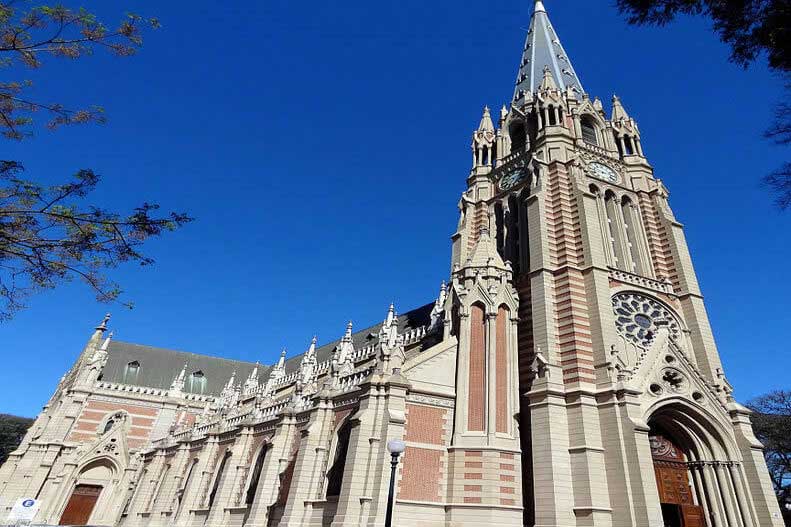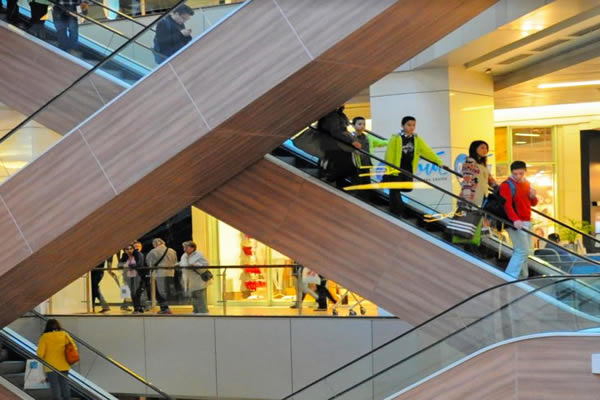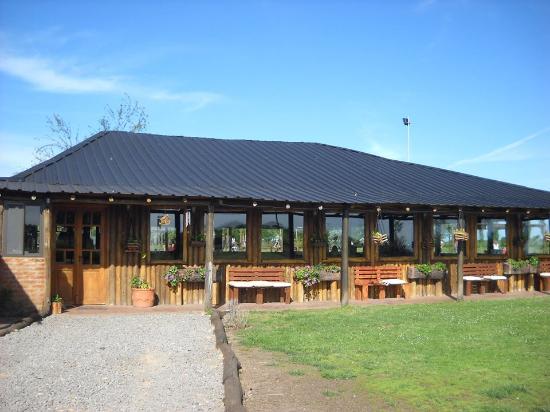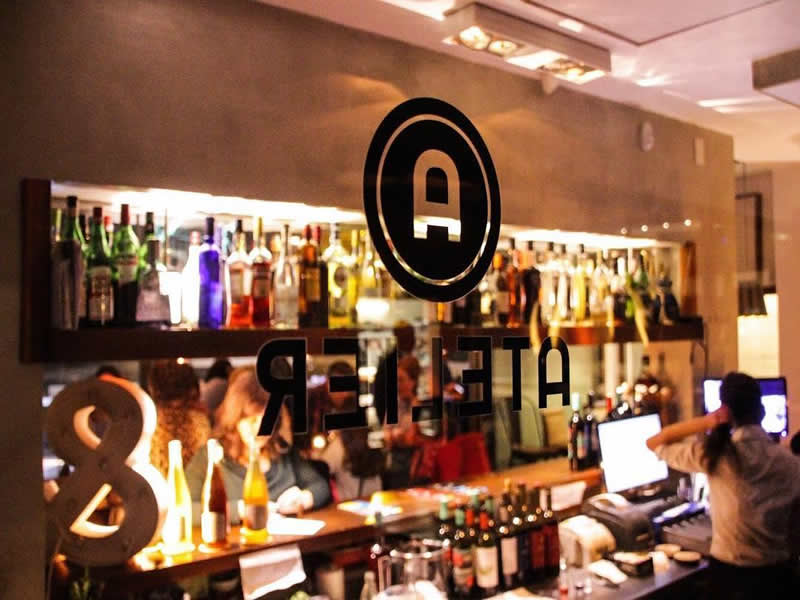Currently the city has around 50000 inhabitants.
It has an outstanding public health system, whose most modern center is the Central Hospital of San Isidro and many educational centers, many of them centenarians, such as the schools Labardén, San Isidro National, San Juan el Precursor, Santa Inés, María Help of Christians, Our Lady of Unity, Santa Isabel, Santa María de Luján, among others.
At the head of the party is the Municipality and the Courts with jurisdiction in the municipalities of the northern area of Greater Buenos Aires.
It is crossed by two railway lines: the San Isidro C Station of the Miter Railway and the San Isidro R Station of the Tren de la Costa.
Three avenues connect San Isidro with El Tigre to the north and CABA to the south: Avenida del Libertador, Centenario Avenue and the Pan-American Highway.
The Cathedral of San Isidro is located on Avenida del Libertador at 16200, in front of Plaza de San Isidro.
It was inaugurated on July 14, 1898, its architects were Dunant and Paquin with a neo-Gothic style, its main tower is 68 m high.
Its base is a Latin cross of three naves with an apse circulating and the columns are cylindrical and the walls of stone and brick have openings with vitraux made in France and gothic rosettes.
Márquez Avenue crosses the city from east to west, while Centennial Avenue runs from north to south.
The latter turns out to be a road with a large amount of vehicular traffic and numerous bus lines that connect the city of San Isidro with the city of Buenos Aires.
Among the different public transport lines, line 60 presents different routes that allow a broad connection with different urban centers.
Within the most recent public works include the construction of three tunnels for low level passage of vehicular traffic.
Being next to the river, it also highlights the nautical activity and its infrastructure, especially private, among others, is the CNSI acronym representing the San Isidro Yacht Club.



